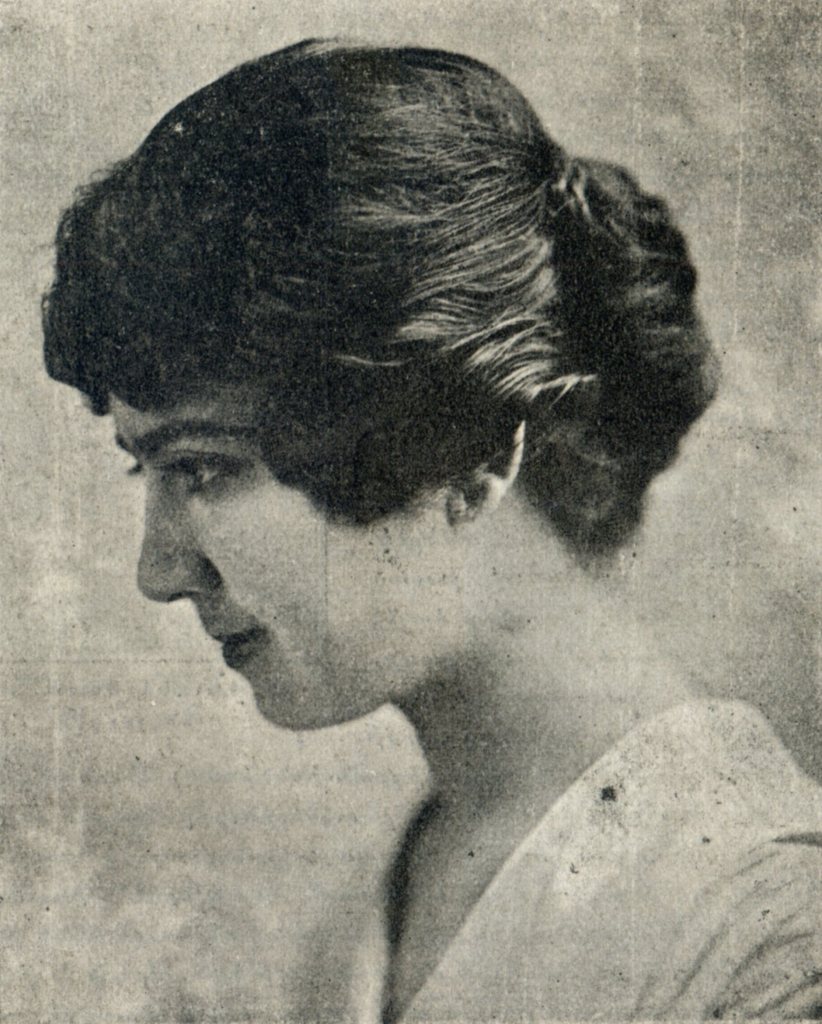For nearly three decades, Ian Nagoski has been collecting old 78 RPM records made by people who immigrated to the United States in the first half of the 20th century. Since 2009, he’s restored, digitized and shared those records on his independent Baltimore, Maryland based label Canary Records. Over the years, he has built a discography of over 100 digital compilation albums of what he bills as “early 20th century masterpieces mostly in languages other than English.” Through his research on the stories of these musicians, Nagoski explores the place of the immigrant in America as well as the place of music in the human experience. On a morning in early February, I spoke with Nagoski over the phone; he told me about buying cassettes in grocery stores, what ideas about assimilation mean for music, and why he does this essential archival work.
VAN: How long have you been interested in the music of immigrants? Was there any kind of flashpoint event that brought about your passion for the subject?
Ian Nagoski: I started buying 78s when I was 18 or 19 years old. One particular day at a flea market in Delaware, someone had thousands of 78s out in cardboard boxes on the ground. I bought a turntable for ten bucks, and three records for ten cents apiece. Two of them were in languages other than English. One was a Yiddish record by the Bagelman Sisters, and the other was a record in Japanese which turned out to be a Korean folk song recorded in Hawaii in the 1940s.
I took them home and listened and thought, “Well, this is interesting and I don’t know anybody that knows anything about this stuff.” So, it kind of opened up this world of music that seemed to be available but not known about or talked about by anyone in music circles. From that day forward, I made a policy for myself that whenever I saw 78s in languages other than English—if they were cheap—I would just buy them.
Had you explored nonwestern music at all before that point?
As a teenager, I would go to Asian and Middle Eastern grocery stores and a lot of them would have a wall of cassettes that were four or five dollars each. I would go up to the counter and sort of make myself small and humble and say, “I don’t know anything. I’m very dumb and I’m sorry, but I do have $20 in my pocket. Please recommend to me four or five tapes that you think are good, and I will buy them and take them home and listen to them.” Every time, they would ask what I meant and what I wanted. Pop music? Classical music? I’d say, “Whatever you think is good music. That’s what I want to hear.” I’ve worked in record stores, and when someone wants a recommendation, you like that. You get to impart something on them. So, people began imparting things to me, and it was really beautiful.
I did this at an Afghan grocery store once, and the clerk gave me some tapes, but then he opened up his wallet and showed me a picture of a barren landscape with a few trees sticking out and mountains in the background. He pointed at it and looked at me and said, “That’s home. And I want to go back.” That’s what I was really listening to when I was listening to these tapes. I was hearing this person’s connection to a home he can’t go back to. It made me realize there was a deep well of music that nobody else was looking at, and it made me feel good that I could learn about it on my own.
How did this passion grow into Canary Records?
In my early 30s, I was in contact with a man named Lance Ledbetter from the record label Dust-to-Digital. At one point, I played him some of these 78s that I’d been collecting, of stuff from all over the world. He listened to me talk about this stuff and asked if I wanted to make a compilation for his label. I said yes because I was a fan of their reissues. I made one for them called “Black Mirror,” which came out in 2007. By 2009, I realized this was something I could do; I could learn stories and connect them to the sounds that were coming out of these old records. The concept had a lot to do with things I was thinking about at the time, like the interconnectedness of human beings, the essential origins of where music comes from, and how music is deeply connected to the source of what it means to be human.
One of your better known releases is a compilation of music by the Armenian soprano Zabelle Panosian. When did you first discover her?
At some point, I realized that old music in Greek, Turkish, Arabic and Armenian was a rich vein of wonderful stuff. In the process of learning everything I could about immigrants from that region, I was introduced to an old man named Leo Sarkisian who had worked for Voice of America for nearly 50 years. After speaking with him for some time about music, he asked me if I’d like his old records. I said yes, and began dutifully listening to those records, which included a beautiful recording by this soprano singer named Zabelle Panosian who was enormously popular in the late 1910s in the United States. After releasing that song, “Groung,” on a compilation called “To What Strange Place,” I met two other people, Harry Kezelian and Harout Arakelian, who were interested in what I was doing, and in Zabelle in particular. The three of us began to build a clear picture of who exactly this woman was. Over time, we decided we needed to tell her story. We secured funding to print a book about her life and a CD of all her known recordings. That came out in April of 2022, and I’m very proud of that project. It’s called “I Am a Servant of Your Voice.”
You mentioned that Panosian was popular when she was young, but by the time you discovered her music, she was completely gone from the public consciousness. Is that a trend among a lot of the musicians whose recordings you reissue?
That’s a complicated question, because America has a complicated relationship with the idea of the immigrant, in which we demand assimilation as fast as possible. Leave behind your old ways of dressing, of speaking, of playing music. Stop being old world and start being American. That’s what we ask of them over and over again.
The major American record companies, during the period of 1908 to 1930, marketed recordings to immigrants on a huge scale. These immigrants now had access to recordings of their own music in their own language. Wanting to find validation and connection to the old world that they’d left behind, they bought a lot of these things, which were valuable to that first generation. But that value gradually dissipated over generations as their children and grandchildren became more assimilated into American culture. Those old records are just grandma and grandpa’s stuff. And when the younger generations aren’t able to find somebody who buys “foreign” records, they throw them away.

And that’s where you come in.
A friend of mine says it’s like there’s a bulldozer shoving piles of these records off the edge of a cliff, and I’m standing there waving my arms, yelling, “No, not yet, wait! Let me listen to them!” I’ll take any foreign language records I can get, because it seems like it matters for somebody to do that. I can listen to these and say, “These are Americans. They’re a part of what we are collectively,” and I can try to reintroduce the idea that immigrants have made substantial and very beautiful contributions to our culture.
Most of the recordings you put out are by people who are now deceased. In your research, do you ever come into contact with any of their descendants or relatives?
Yeah, lots of them. Some I’ve gone searching for myself, and some have contacted me. In the case of Zabelle for instance, I wrote a story about her for a small Massachusetts paper, bemoaning the fact that nobody remembered her. I got an email out of the blue from a guy named Varoujan Karentz, claiming Zabelle was his great aunt. He said he kind of knew she was a singer, but he never knew she was a celebrity. He sent me some photos and shared some stories about her. Many of those photos and stories are in the book.
It seems like she’s pretty representative of the Canary Records project as a whole.
I want to point out that in the case of Zabelle Panosian, she’s not some average folk music performer. She is a highly elevated and trained western classical performer who modeled herself on Louisa Tetrazzini, Amelita Galli-Curci and the great coloratura sopranos of her era, though she did sing what were, at that time, folk songs. “Groung” was a 300 or 400 year-old song when she recorded it, but it was an arrangement that she made herself as a work of high art.
I want listeners to understand that there is a very good, high-level performer who’s sitting there right under our noses who has been neglected for a century, and it seems to me to be a mistake. I think we’re missing an opportunity to have some really beautiful, emotional human experiences because we’re overlooking the contributions that Zabelle and all of these other musicians have made.
During the early 20th century, more than half of Columbia’s catalog was foreign language material. The record company that gave us Bob Dylan and Miles Davis and keeps repackaging that stuff and putting it back out has never done any reissues of the foreign language music that they were releasing in huge quantities 100 years ago. They perceive that there’s no market for it now. They may be right. I’m having a hard time convincing anybody that this stuff matters at all. ¶

